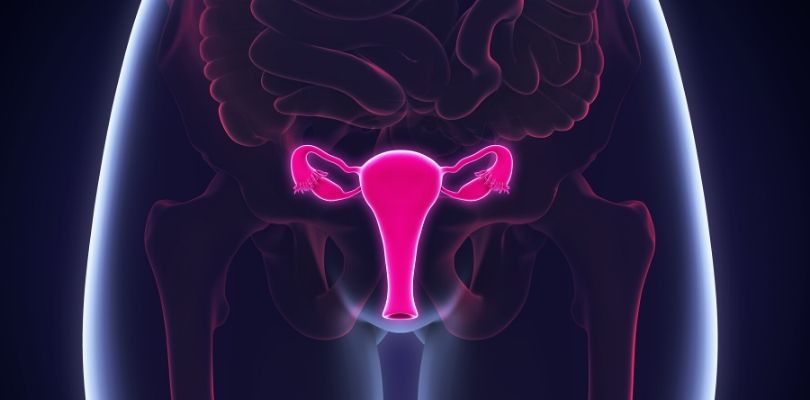What Is a Stem Cell Transplant?
The soft, spongy tissue inside your large bones is called bone marrow and it serves an important purpose: to create the blood cells that flow throughout your body. If damage occurs and you cannot create blood cells naturally, a stem cell transplant may be the needed fix. What is a stem cell transplant and how is it used for cancer patients? Let’s find out.
A Stem Cell Transplant Explained
Stem cells are basic cells in the bone marrow that develop into red blood cells, white blood cells and blood platelets upon maturity. The purpose of a stem cell transplant is to replace damaged stem cells or bone marrow. These cells can be damaged by diseases like cancer or high doses of chemotherapy or radiation therapy. If the bone marrow is damaged or destroyed it cannot make normal blood cells. A stem cell transplant introduces new stem cells to your body that are able to make healthy blood cells and help your bone marrow start to work properly again.
Two Types of Stem Cell Transplants
There are two types of stem cell transplants. The first type is an allogeneic transplant. This is when you find a donor and stem cells are removed from them and given to you. With an allogeneic transplant, the donor’s stem cells need to match yours as closely as possible, but it does not have to be a perfect match. Most matches are between close family members and if the donor is the patient’s identical twin, it is referred to as a syngeneic transplant.
Then, there is an autologous transplant. This is when you provide your own stem cells and have two procedures, one to remove the stem cells and another to put them back in. For autologous transplants, the stem cells are usually collected when a person is in remission and has recovered from other treatments.
Collection of Stem Cells
Stem cells can be collected, or harvested, from the bone marrow, peripheral blood, or the umbilical cord of a newborn baby.
Stem Cells From the Bone Marrow
In most cases, stem cells are often taken from the pelvic bones because they have a large supply of stem cells. A large needle is inserted into the back of the hip bone and stem cells are drawn out through the needle. These cells are filtered to remove bone fragments and other particles and are stored in a frozen state until they are needed for the transplant. The body usually replaces the donated cells over the course of a few weeks.
Stem Cells From Peripheral Blood
Donors may be given growth factors to stimulate stem cells to grow faster and move into the blood stream from the bone marrow. Stem cells in the blood are removed through an intravenous (IV) tube. The tubing is attached to a machine that separates out the stem cells from the blood, and the blood is returned to the owner using this device. The stem cells are filtered, stored in bags and frozen until the transplant.
Stem Cells From an Umbilical Cord
After birth, the blood that is left behind in the placenta and umbilical cord can be collected using a machine that separates and collects stem cells from the cord blood. Again, the stem cells are filtered and stored in a frozen state until needed.
Uterine sarcoma is a type of cancer that overtakes the uterus. Here you will learn how the cancer is caused and how to treat it.
Who’s Able to Get a Stem Cell Transplant?
In order to determine eligibility for transplant, all potential patients need to be evaluated. Often, younger people and those in early stages of the disease who have not already had a lot of treatment fare better with transplants and may have fewer complications. Eligibility also hinges on a patient’s overall health and other medical conditions. The characteristics of the cancer (stage, type, whether you are in remission, if you have had a relapse, possibility of relapse after transplant, etc.) will also be taken under consideration.
Pre-Transplant Treatment
The first step in the transplant process is conditioning. Conditioning is usually a treatment with high dose chemotherapy and/or radiation therapy. Conditioning helps to make room in the marrow for the transplanted stem cells, to suppress the immune system to lessen the chance of rejection, or to destroy any remaining cancer cells in the patient’s body.
How the New Stem Cells Get Into Your Body
After conditioning, you will get a couple days to rest before getting the stem cells. The frozen stem cells are thawed in warm water and given immediately. If the stem cells are not frozen, they are harvested in the operating room from the donor, processed in the lab and given to you right away. You’ll be awake for the infusion where the stem cells are given through a central venous catheter; it is similar to a blood transfusion. The new cells travel from the bloodstream to the bone marrow with the purpose of forming new and healthy blood cells.
Recovery After a Stem Cell Transplant
The goal of a stem cell transplant is to have the transplanted cells “take” and start to multiply and make new blood cells. Following the transplant, patients undergo rehabilitation which includes regular exams, blood tests, possibly blood and platelet transfusions, antibiotics, or other treatments. There will be some side effects with treatment but take the advice from your doctor on what to do about any symptoms. Make sure you share all your medical details with your doctors, especially if any symptoms or reactions to the treatment emerge.
Stem Cell Transplants for Cancer Patients
Cancer and cancer treatments may devastate they body’s viable stem cells and cause even more health issues to a patient, including infections, iron deficiency, or bleeding. A stem cell transplant may be the best answer for some cancer patients and the treatment can be used for some cancers like leukemia, lymphoma, multiple myeloma and neuroblastoma.
Transplants are very hard on you physically as well as emotionally. If you think a stem cell transplant is the answer you are looking for, talk to your doctor about all facets of the transplant and possible side effects. Reach out to others who have had a transplant to get a better idea of what you can expect so you can make an informed decision on whether this is the best treatment option for you.







